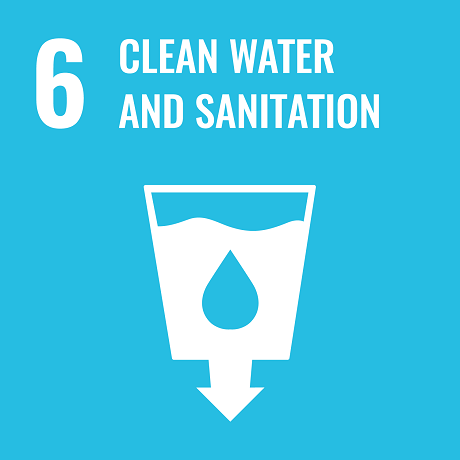TJ-2409
Hydrochemistry monitoring and risk assessment of mining & uranium tailing in transboundary river watershed (Phase 1)


In the year 2000 scientists from four Central Asian countries, Kazakhstan, Uzbekistan, Kyrgyzstan and Tajikistan implemented joint radio-ecological and geochemical monitoring of the Transboundary Rivers of the Central Asia under the project named “Navruz.” Implementation of the project continued for about 10 years. The project was carried out under aegis of Sandia National Laboratories (SNL) USA. The Navruz Project generated a large database of more than 100 water/land quality parameters at 60 sites throughout the basin using standardized methods among the four participating countries. Parameters included natural and technogenic radioactive nuclides (137Cs, 40K, decay series of 238U, 235U, 232Th) and toxic admixtures (U, Pb, Hg, Se, Sb, As, etc.). Research has continued within the limits of ISTC projects. A shared website at SNL contains the database. The database included isotope and geochemical data on the composition of water, suspension, bottom sediment, aquatic vegetation and surrounding soils (H.D.Passell, 2003).
To obtain an improved understanding of the environmental condition of land-water-ecosystem of transboundary Rivers basin, samples of water, aqueous suspensions, soil, bottom sediment and vegetation will be collected from the rivers, lateral inflows and other land sites to analyze concentration of isotope-chemical elements. The samples collected in the field will be processed and analyzed by the X-ray fluorescence analysis (XRF) and by gamma spectrometers in the domestic’s laboratories in Dushanbe, Almaty and Bishkek. X percent of the samples processed and distributed into chemically clean jars, will be shipped to Institute of Nuclear Physics at Almaty for the neutron activation analysis (NAA). Both methods, the XRF and NAA will complement each other to analyze the 38 elements- major: Ca, Fe, K, Mn, Na, Ti and trace-elements: As, Au, Ba, Br, Ce, Co, Cr, Cs, Cu, Eu, Ga, Hf, La, Lu, Mo, Nb, Nd, Ni, Rb, Sb, Se, Sr, Sc, Sm, Ta, Th, U, V, Y, Yb, Zn, Zr. The isotopes 137Cs, 40K, decay series of 238U, 235U, 232Th will be determined by gamma spectrometers.
The result will be compiled into a database and GIS maps will be created of radionuclide isotopes and geochemical elements within the study areas. One major objective is to identify and highlight the anomalous zones with increased health risks for local residents.
The new isotope-geochemical data will be compared with the Navruz data obtained, and will assess the degree of change in the ecological status of the Amu-Darya and Syr- Darya Rivers and its tributaries.
The results will give us an opportunity to predict changes in ecological status of rivers under different scenarios of global and regional climate change and other anthropogenic impacts.
The proposed geochemical and radionuclide study can also identify land, rivers and reservoirs contaminated by heavy metals, other inorganic toxins and isotopes. This study becomes particularly urgent; taking into account former large number of uranium Mountain-metallurgical enterprises, as well as uranium factories located in the up and middle stream of the Syr-Darya and accumulated more than 100 million tons of uranium production wastes.
Unfortunately, only 12 points on the Vakhsh River were investigated during the Navrus study. Other rivers of Tajikistan and other countries have not been investigated for mercury concentration. Gold mining in Central Asia has occurred since ancient times. Auric are all tributaries of the Amu-Darya River. The most famous river- Zarafshan is translated as "gold bearing."
Moreover, the basins of the Amu-Darya and the Syr-Darya are polluted with other toxic metals besides mercury. In the upper reaches of the rivers there is widespread contamination with toxic metals as: Hg, Sb, As, Ba, and U. In the Central Asia Countries extraction, enrichment and metallurgical is repartition of these metals is carried out. The accident at tailing pipeline of Anzob mining factory led to significant pollution of bottom sediments of the Zarafshan with tailings particles. In the composition of the waste was stibnite, cinnabar, barite and other minerals.
The staff of the proposed project have sufficient experience in implementing projects of the International Science and Technology Center (ISTC). In frame of regional experiment Navruz (Kazakhstan, Kyrgyzstan, Uzbekistan, Tajikistan and the United States) monitored for over 10 years (1999-2009) radiation and ecological condition of the Transboundary Rivers and their main feeders.